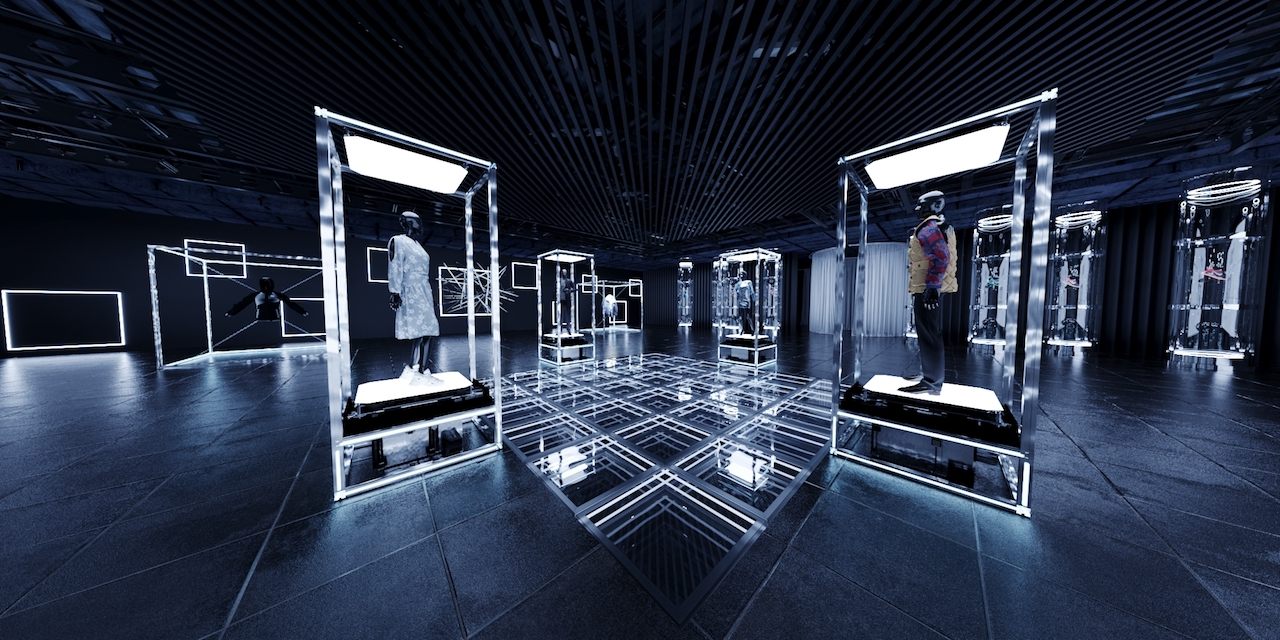In virtual showrooms, customers can come in, surf, compare, and eventually love the products without stepping into an actual store. For businesses headquartered or located in Dubai, when a virtual presence is intelligently constructed, it can widen the horizons, bring down the cost associated with display, and convert browsing visitors into actual paying clientele. Here is a practical step to creating a functional, searchable, and persuasive virtual showroom in Dubai for your brand.
1. Begin With a Clear Goal
Understand what success would look like, for instance:
- Driving more online sales from product pages,
- Saving on returns through enabling accurate product scale and texture display,
- Enabling international buyers who can’t visit a bricks-and-mortar store.
- Specify 2-4 measurable objectives, then correlate features to each objective.
For instance, if fewer returns is your objective, spend on high-detail 3D models and life-size, zoomable views.
2. Ensure Legal and Commercial Needs for Dubai
If you’re selling through a website or receiving payments online, you require the appropriate license in the UAE. Dubai has various options, including e-commerce licenses and trading licenses, depending on whether you hold goods locally or sell entirely online. Some free zones also offer virtual company or e-commerce licenses for foreign entrepreneurs. Ensuring you have the appropriate license in place before you go live avoids fines and complications with payments and customs.
3. Select the Appropriate Platform and Local Partner
A self-contained 3D viewer or a web-based platform related to WebGL could even extend to an entire managed virtual showroom and even a VR app. Collaborate for a shorter time to market with a Dubai-based virtual tour and 3D studio familiar with local tastes, Arabic and English UX, and mobile-first behavior. A local provider can also offer photography, 360-degree capture, or complete 3D modeling, according to budget and fidelity requirements.
4. Plan Content and Information Architecture
Be a consumer in mind. Organize the online space so customers can:
- Shop by collection, filter, and click products for more information.
- See product sizes in relation to everyday objects.
- Swap options like colors and materials without changing the environment.
- Develop product pages within the virtual tour that are replicas of actual e-commerce product pages, such as SKU, price, shipping estimates, and a clear call to action.
If you intend to bring search engine traffic, organize these pages so that each item is able to be indexed.
5. Create Excellent 3D Assets and Imagery
Great looks sell more than promises do. Employ one or a combination of:
- 360-degree photography for fast, realistic tours,
- Photogrammetry to convert real objects into accurate 3D models,
- CAD imports if your products already exist as design files.
- High resolution is important, but balance it with load speed.
Compress textures smartly, provide progressive loading, and offer a light mode for mobile users. Guides on setting up VR and AR showrooms provide useful technical checklists for equipment and file formats.
6. Integrate With Commerce, Payments, and Inventory
An aesthetically pleasing showroom will not pay the bills. Make sure you combine the virtual tour with your e-commerce backend so cart, checkout, tax, and inventory are synced. Deliver direct shipping timeframes and return policies for clients from Dubai and overseas.
7. Optimize UX and Availability
Almost everyone accesses the internet through their mobile devices, as most devices have come with the capability to access the internet, unlike VR headsets. Touch navigation, even with logical hotspots and readable text. Offer plain-English instructions in English and Arabic, keyboard navigation and alt text where possible for accessibility, and include a map or guided tour mode for first-time visitors to quickly find highlighted collections.
8. SEO, Discoverability, and Analytics
Treat each product display in the showroom as a landing page. Get search engines to crawl product information and descriptive URLs, and mark up structured data so that product information is surfaced in search results. Market your keywords organically.
9. Launch, Test, and Iterate
Test with staff and a loyal customer segment before public launch. Measure:
- How long users spend on the tour
- Where do they click most
- Drop-off points before checkout
- Use those insights to shorten flows, highlight high-interest items, and fix confusing navigation
Providers and guides provide step-by-step testing plans that you can follow.
10. Promote the Showroom Locally and Internationally
Market the showroom through:
- Local listings and Dubai business directories,
- Social commerce, with brief step-by-step video walkthroughs and buyable posts,
- Email campaigns that return old customers to look at new collections.
Conclusion
A well-designed virtual showroom bridges the gap between shopping and purchasing, it enhances product clarity, and makes your store visible outside Dubai’s streets. Prioritize measurable objectives, spend on realistic imagery, link the tour to commerce systems, and plan for mobile and accessibility.
Have a controlled launch, observe how actual customers navigate through the environment, and then optimize what hinders and what motivates checkout. Should you want a Dubai-based partner to manage capture, build, and launch, Limina Studios offers full-service solutions to develop your virtual retail showroom in Dubai.






















